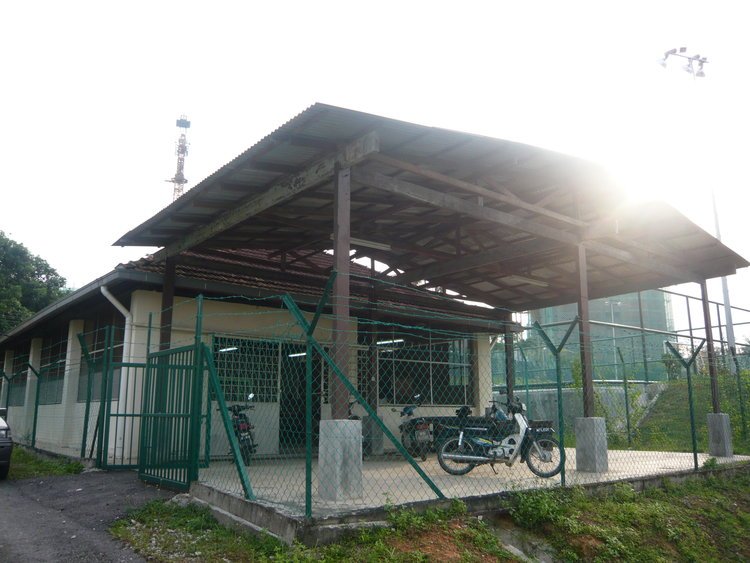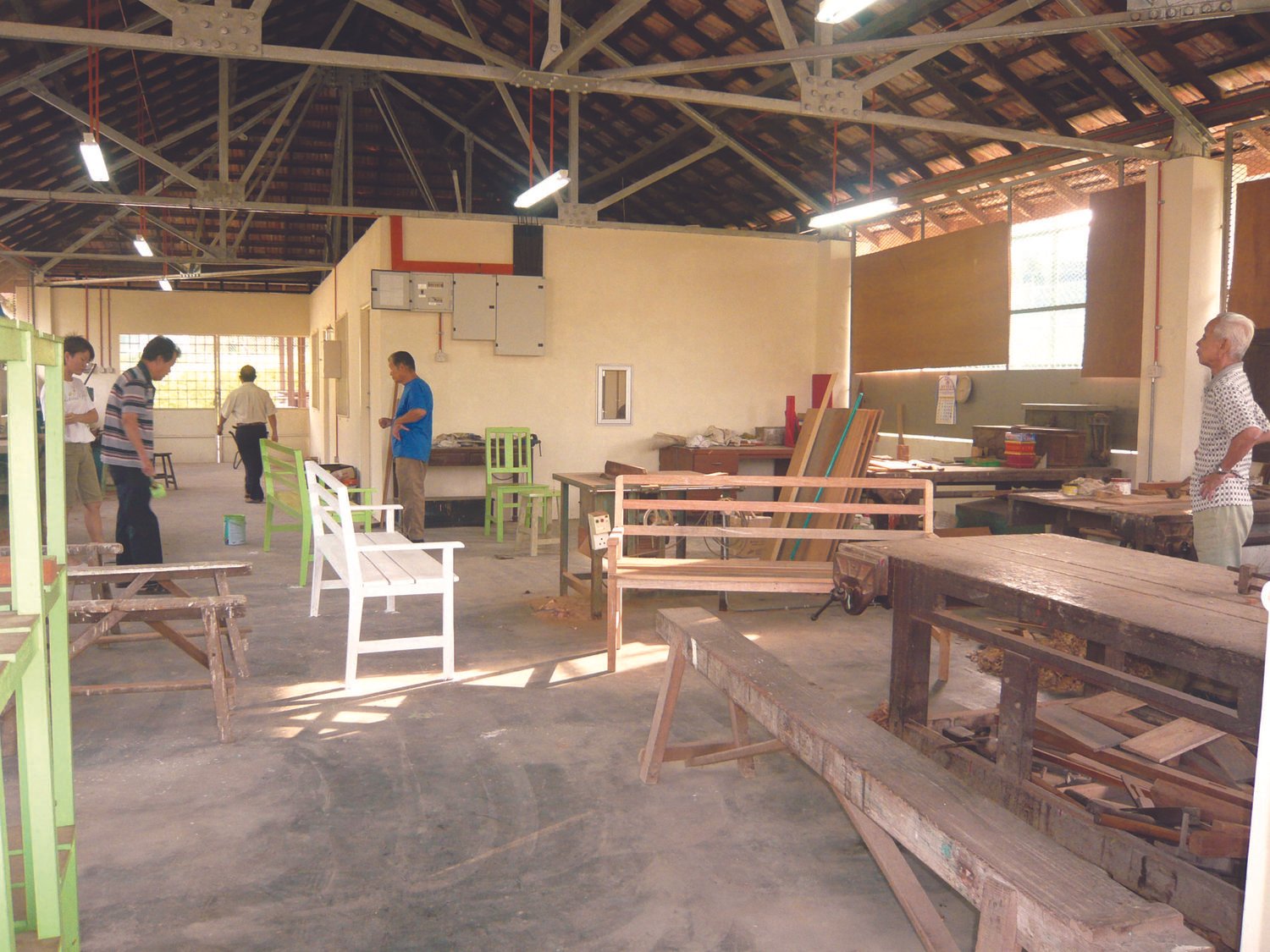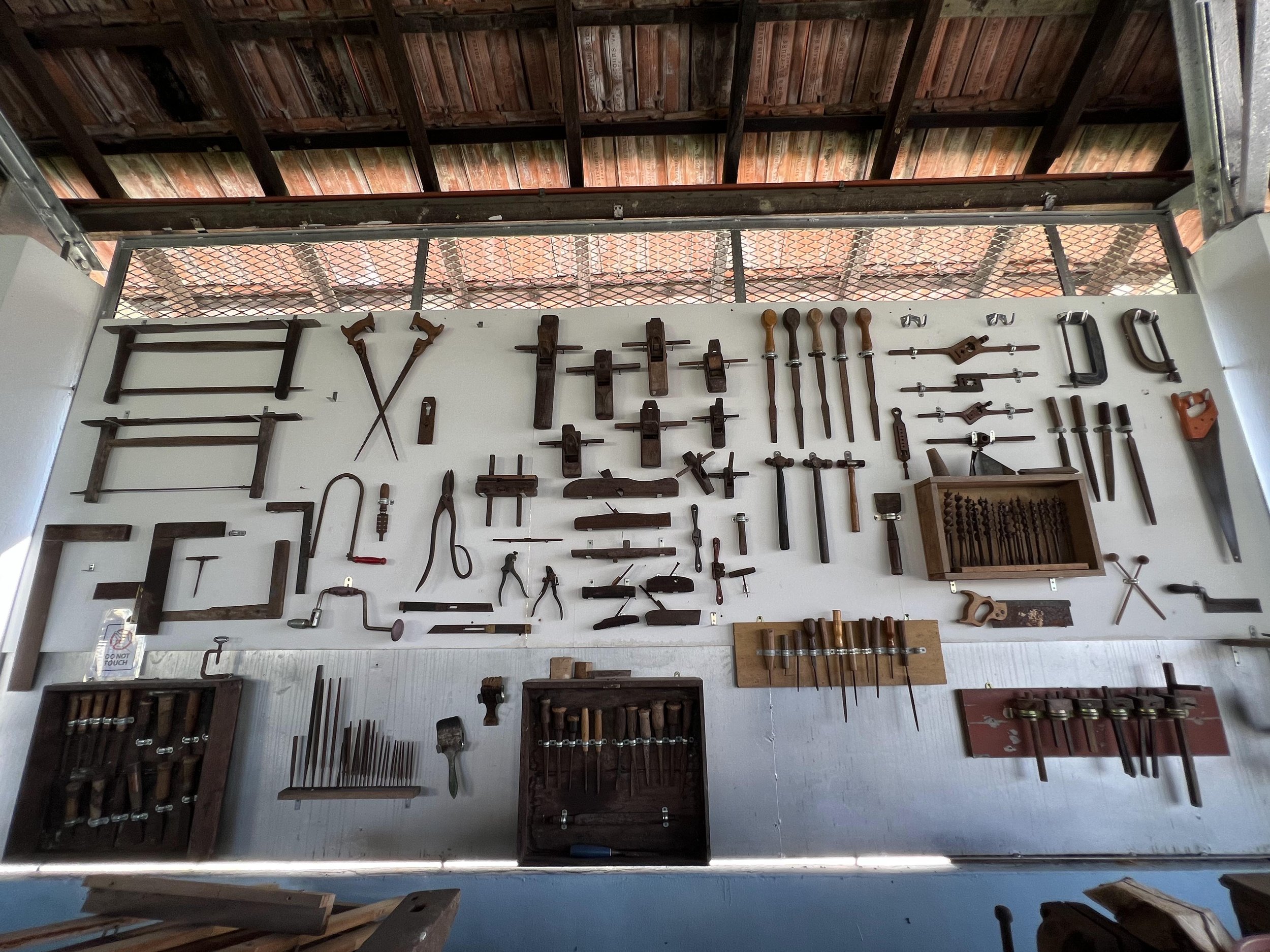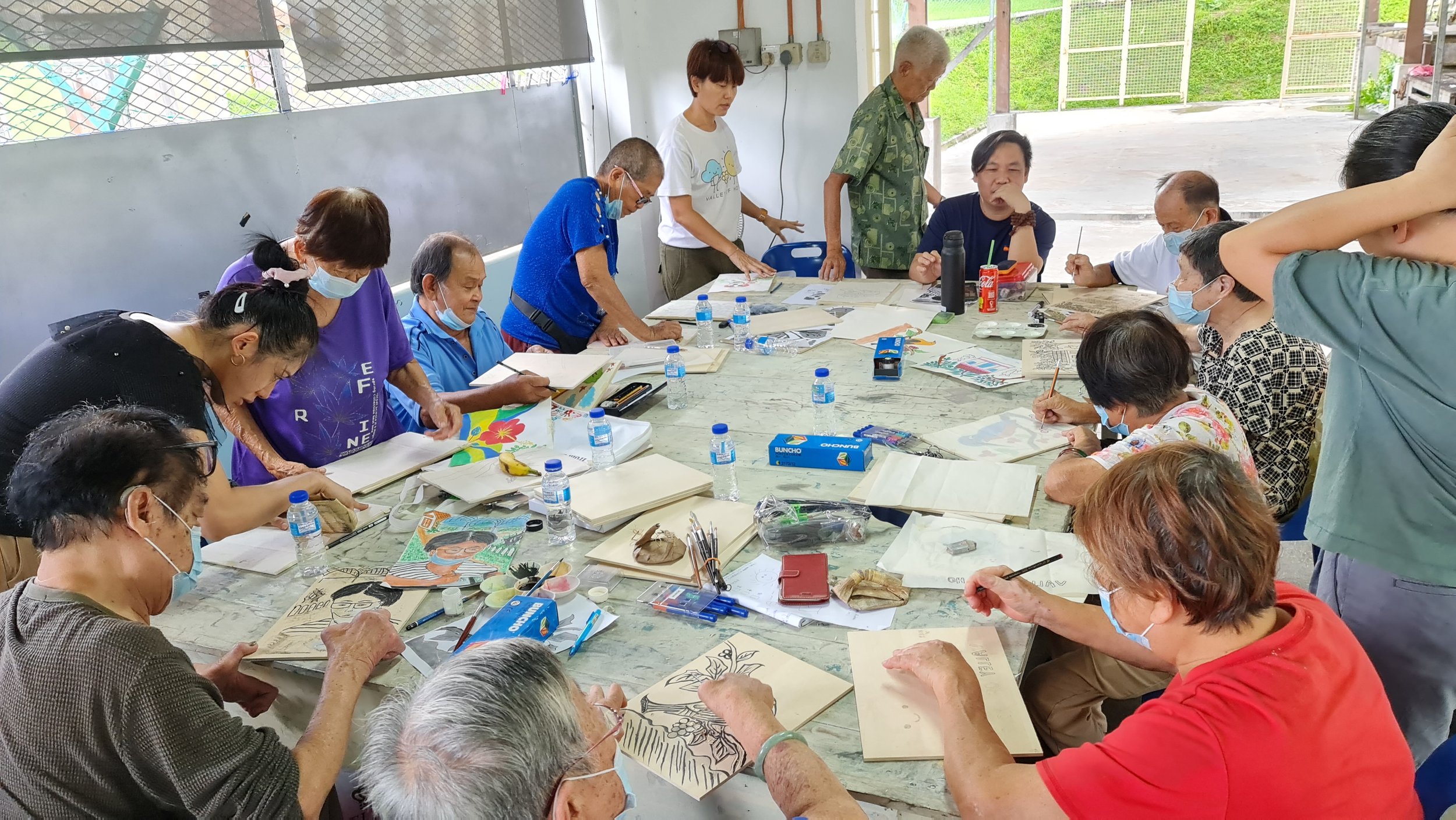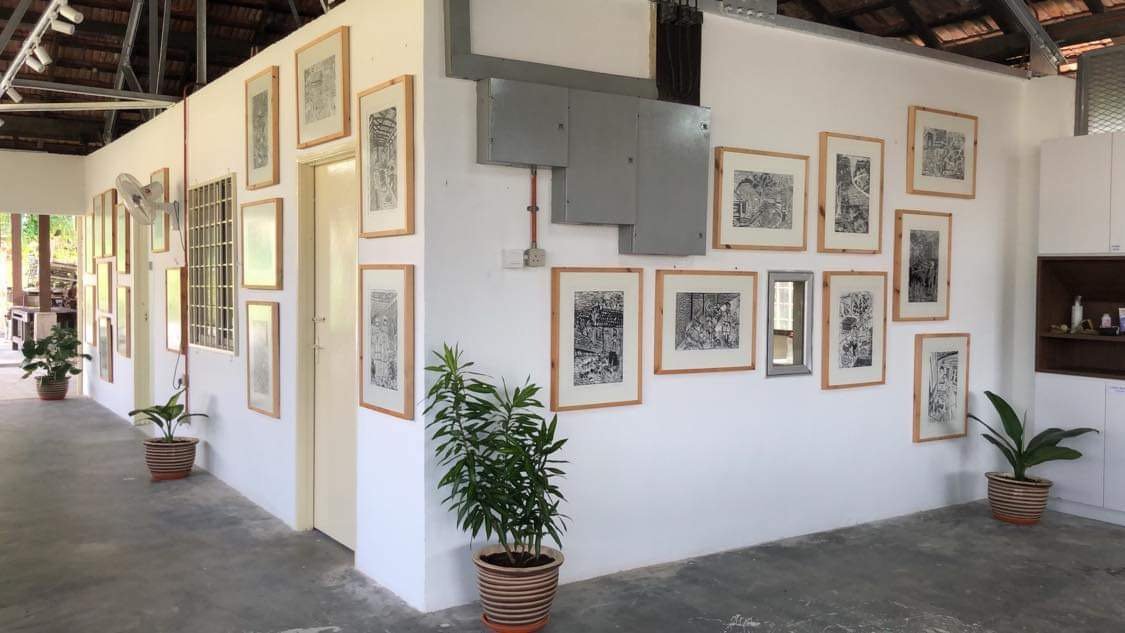The Art Studio
Green Club at East Section, 2004.
Source: Joyce Wong
This building was originally the “Green Club”, founded in the British colonial era and named after Dr Richard Green, the bacteriologist in charge of treatment at the Setapak Camp between 1925 to 1928. The earliest social clubs in the Valley of Hope were transferred from the Setapak Camp when its inmates were relocated to this settlement. The Green Club, founded in 1928 is the oldest club in the Valley of Hope. Also unofficially known as “Caucasian Club” or “Ang Mo Club”, members of this club were leprosy patients who could speak English. They gathered here on weekdays to play billiards, read newspapers and socialize.
In 2008, the government demolished most of the abandoned chalets and historical buildings in the East Section to give way to new medical school building. The Carpentry Workshop, which was originally in the East Section, has since been relocated to the then long vacated Green Club. The inmates' workers were here to do carpentry works and make furniture for the hospital. However, since 2019, the hospital no longer has any orders for the workshop. Although its only carpenter and supervisor still report to work every day and receive monthly work allowances, the workshop is no longer productive.
In 2022, with the support from the hospital authority, Care & Share Society launched a crowd funding project to raise funds for the renovation of this building. Together with Lost Generation, they set up the “Valley of Hope Art Studio” by converting this building into an art workshop and exhibition hall.
Our Current Activities (With Residents)
Wood Cut Printing (2nd & 3rd Sun 9:30am -1:30pm)
This is the learning space where the resident artists attend printmaking classes. In this section, instructors guide them to do woodcut printing, and volunteers assist in printing their works. Visitors who witness the artists engaging in the process of woodcarving are deeply impressed by their spirit of lifelong learning. This art studio, along with the live carving activities of the artists, can be considered a rare “living cultural heritage” in the Valley of Hope.

